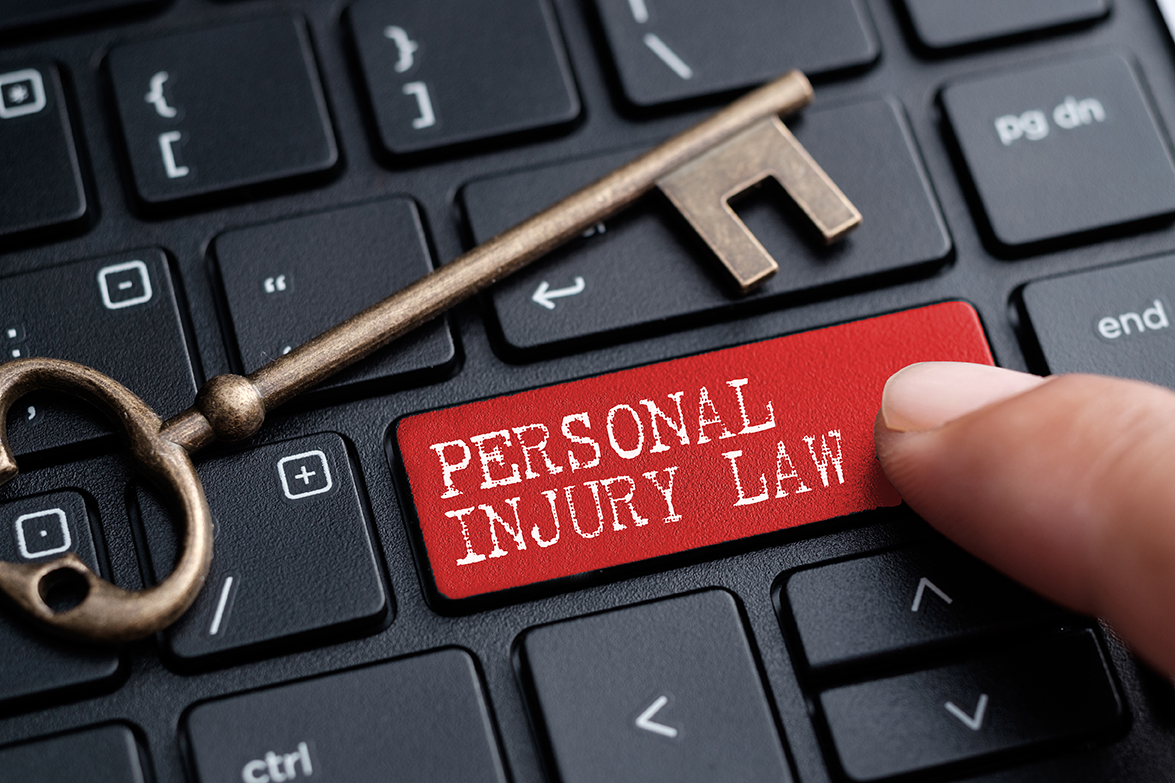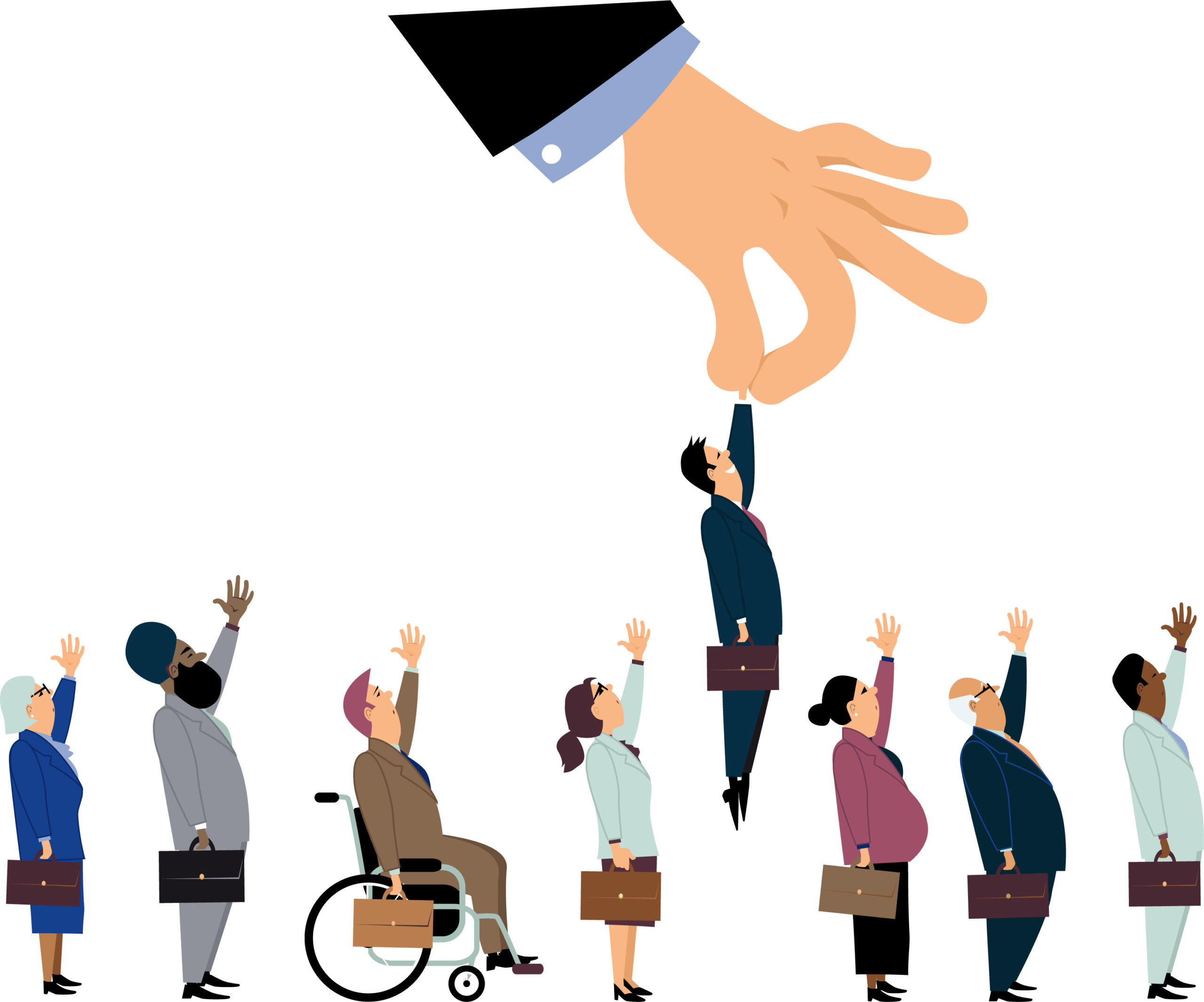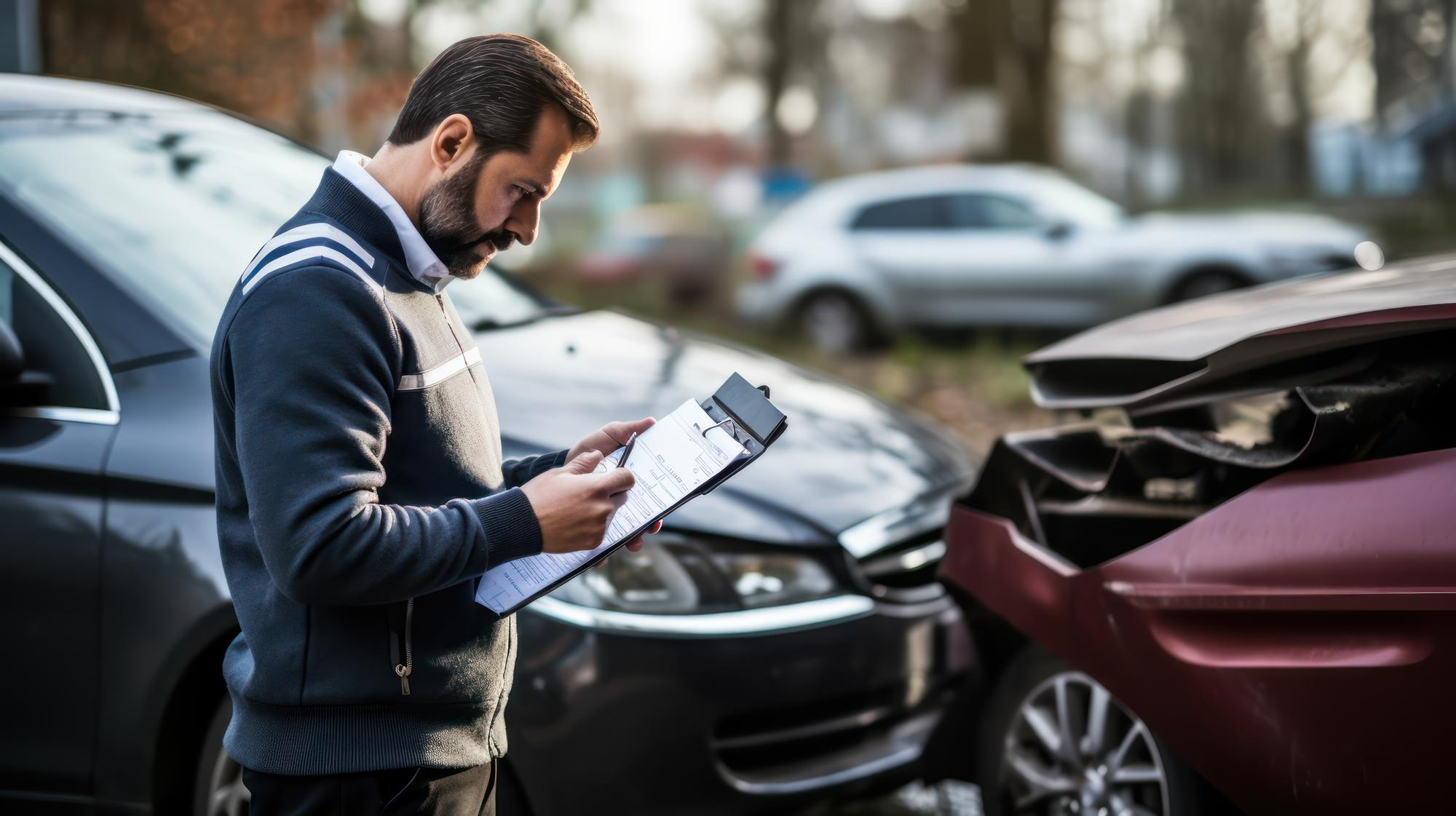Each state has their own rules and regulations governing the legal actions someone can take after suffering a personal injury due to someone else’s action or inaction. Personal injury claims are civil matters generally filed by the injured party or, as in wrongful death cases, on their behalf. Some of the most common forms of personal injury claims involve auto accidents, premise liability, medical or dental malpractice, and product liability.
What is Personal Injury Law?
Personal injury law protects those who have been injured or harmed, generally physically, mentally, or financially, by another person acting negligently or intentionally. The point is to find a way to make the victim whole again, generally through some type of monetary compensation. These laws also serve as prevention as much as justice after the fact. The injured party is known as the plaintiff and the party who is accused of causing the harm is the defendant.
Types of Personal Injury Torts in California
As with many other legal terms, the word tort comes from Latin and roughly translates to twist, harm, or wrong. Torts are a type of wrongdoing that causes some kind of harm to another person. There are three categories that torts are generally divided into:
- Intentional: When someone deliberately acts in a way that will cause harm to someone else.
- Negligence: When someone acts carelessly in a way that they know could result in someone else being harmed.
- Strict Liability: When someone is responsible for someone else being harmed even though it was not deliberate, and they were not being careless.
Different Laws for Different Types of Personal Injuries
There are some federal laws governing personal injury, but each state has their own as well. There are many rules and regulations that California applies to personal injury law.
Personal Injuries Sustained Due to Negligence
Negligence is one of the most common reasons for personal injury in California. This is when someone has a responsibility to act in a way that will prevent others from being harmed and they fail to do so, which results in someone being harmed. For someone to be found guilty of negligence, their accuser must be able to prove:
- The accused owed them a duty of care
- The accused breached that duty
- The accuser was harmed in some way
- That harm was caused by the breach in duty of care
If all of these criteria are met, the accused may have to pay for damages such as medical bills or compensation for pain and suffering.
The term ‘duty of care’ refers to the responsibility someone has to keep others safe. As a society, we all have a duty of care to each other on some level to behave in a way that is reasonable and will not pose a hazard to others. Some have higher levels of responsibility than others such as drivers, shopkeepers, dog owners, educators, and medical professionals.
The term ‘breach of duty’ refers to the action or inaction that results in someone being harmed. If someone has a duty of care to another person and then behaves recklessly or fails to take reasonable precautions, they have breached their duty of care.
Personal Injuries Sustained in Vehicle Accidents
Car accidents can result in varying degrees of bodily injury up to and including death. Due to size differences and visibility issues, accidents involving trucks or motorcycles can be even more dangerous. There are many laws dictating the way drivers and pedestrians must act to keep the roads and each other as safe as possible, such as:
- When passing, the driver must do so from the left side while keeping a safe distance at all times.
- Drivers must always use their turn signals and only turn or change lanes when it is clear to do so.
- When two vehicles reach an intersection at once, the driver on the right has the right of way.
- At a traffic light, drivers turning left must yield to drivers going straight.
- Drivers must keep a safe distance from the vehicle in front of them.
- Drivers may only use mobile devices in a way that keeps their hands free.
- Headlights must be turned on in dark conditions.
- Motorcyclists and bicyclists must wear a helmet at all times.
- Pedestrians have the right of way but must only cross the road when it is safe to do so.
It is also important to note that in the state of California, all drivers must have liability auto insurance of at least:
- $15k for one person
- $30k for two or more people
- $5k for property damage per incident
Personal Injuries Sustained on Someone’s Property
When someone sustains an injury on someone else’s property, it is known as a premise liability case. The most common forms of this are:
- Slip / Trip & Fall
- Animal Attack / Dog Bite
- Construction Hazard
Though those are the most common, there are many other ways someone might be injured due to the negligent or intentional actions of the property owner. In order to establish liability in these cases, the duty of care is established by proving that the accused party had ownership, possession, and/or control of the property. It is important to establish if the person who owed the duty of care knew about the hazard, and if they did not, if they reasonably should have known about it and done something to mitigate any possible accidents that could result from it.
Personal Injuries Sustained in Dog Bite Attacks
In the state of California, dog owners are strictly liable for any occurrence of their dog biting someone. California does not have the “one bite rule” that some states do, and there does not even need to be any real level of negligence proven. If a dog bites someone in a public place, or someone who is lawfully on private property, the owner is generally held responsible.
Personal Injuries Sustained as a Result of Medical Malpractice
When a healthcare professional breaches the duty of care owed to their patient and causes them injury, it is known as medical malpractice. However, the occurrence of an injury is not in and of itself proof that a breach occurred. There are many variables involved in each situation such as the age of the patient and known risks of certain procedures.
The state of California imposes many rules and regulations surrounding medical malpractice claims. At least 90 days before filing a personal injury claim, the plaintiff must serve the defendant a formal notice stating:
- The legal basis for their claim
- The injuries they sustained
- The damages incurred
If the statute of limitations is set to expire within those 90 days, the limit is extended, and the plaintiff has an additional 90 days from serving the notice in which to file the claim.
California also does not generally allow for non-economic damage recovery above $350k unless there is a patient death involved. There is a maximum limit to the amount of attorney’s fees that can be recovered as well:
- 40% of the first $50k
- 33% of the following $50k-100k
- 25% of anything between $100k-600k
- 15% of $600k and above
Personal Injuries Sustained Due to Product Defects
In order to have a viable case for product liability, the plaintiff must be able to prove:
- The defendant sold, distributed, manufactured, or designed the product
- When the product left the defendant’s possession, it was defective
- The plaintiff’s use of the product was reasonable and foreseeable
- The plaintiff was injured due to the defect in the product
There are many cases where state law allows for strict liability in defective product claims, such as:
- Defects caused in the manufacturing process
- Defects that were inherently designed
- Defects that do not come with appropriate warning
Personal Injury Statute of Limitations
The time in which someone has to file a lawsuit is known as the statute of limitations. Different types of cases can have different limits in different states, so it is important to know exactly what time frame you have in which to seek legal action.
In civil personal injury cases, the statute of limitations is generally two years from the date of the injury in accordance with the California Code of Civil Procedure Sections 335.1 and 340. If for some reason, the victim was not aware of the injury until later, they may have one year from the discovery of the injury.
If the case is against a government entity, the statute of limitations is generally six months.
In medical malpractice personal injury cases, the statute of limitations is one year from the date of the injury, or one year from the date of the discovery of the injury. However, the injury must be discovered within three years of the date that it occurred.
Some situations may carry unique circumstances and exceptions, and there are a few rare situations where the statute of limitations is waived entirely.
Personal Injury Statute of Limitations When Dealing with the Government
Personal injury claims against a government entity are handled a little differently than claims against private citizens or companies. First, an administrative claim must be filed using the appropriate government form with the applicable office or agency within six months of the date of the injury. Afterwards, the government entity has 45 days in which to make a response. If the claim is denied or rejected, a lawsuit must be filed within six months of the date the rejection was sent. If a denial or rejection letter is not sent within those 45 days, there may be two years in which a lawsuit can be filed, but this is less likely. The California Government Code has more information on personal injury claim regulations and exceptions located in sections 905 and 911.2.
When is the Statute of Limitations Paused or Suspended?
California Code of Civil Procedure sections 351 & 352 allow for occasions where the statute of limitations may be altered, such as:
- The defendant is out of the state
- The defendant is in prison
- The plaintiff is a minor
- The defendant or plaintiff are deemed mentally unfit
In these circumstances, the time clock may be paused until the extenuating condition is changed. This is known as tolling the statute of limitations and it can be a rare and complicated process.
What if I Miss the California Statute of Limitations Deadline?
In most situations, if the statute of limitations expires, you have lost the chance to take any legal action. There may be rare exceptions or opportunities for extensions, but that is not something that should be counted on. This is why it is important to speak to an attorney as soon as possible if you are injured due to someone else’s negligence.
Can the Statute of Limitations Be Extended?
Sometimes, there may be circumstances that allow the statute of limitations to be tolled. There are also some situations where an extension may be granted if there are conflicting deadlines. There are also rare instances where the statute of limitations may be waived, such as when a doctor leaves surgical instruments inside of a patient.
How to File a California Personal Injury Lawsuit?
Personal injury claims are generally filed with a superior courthouse in the county where the injury occurred or where the defendant resides. The first steps involve filing a complaint detailing the claims and damages as well as a summons notifying the defendant of the claim. You could file the claim yourself and there are forms available on the website for the California Courts, but it is often in your best interest to seek the aid of a personal injury attorney.
Damage Caps on Personal Injury Damages
There are some areas where the courts will impose limits or caps on the amount of financial compensation a plaintiff can be awarded for specific situations. This does not apply to economic damages such as medical bills and lost wages, but rather non-economic damages such as pain and suffering or emotional distress. Generally, personal injury claims in California limit non-economic damages to a maximum of 9 times the amount of economic damages. Under California Civil Code section 3333.4, if an uninsured driver is injured in an accident, they will not be able to receive any non-economic damages unless the defendant was under the influence.
What if I Am Partly at Fault for My Injuries?
Different states have different ways of handling circumstances when an injured person shared some of the liability for what happened. In California, any fault the plaintiff shares for the incident will be calculated as a percentage which is then subtracted from the compensation they can receive. This is known as ‘pure comparative negligence’.
What is Pure Comparative Negligence and How Does it Work?
If someone in California is injured in an accident and they were determined to have $100k in damages, pure comparative negligence would determine their compensation as follows:
- 5% at fault = $95k compensation
- 30% at fault = $70k compensation
- 55% at fault = $45k compensation
- 80% at fault = $20k compensation
- 99% at fault = $1k compensation
Role of a Personal Injury Attorney in a Personal Injury Claim
Navigating the different laws, time limits, and procedures involved in filing a lawsuit can be daunting on your own, especially when added to the ordeal of having been injured in an accident. A personal injury attorney can help take on the majority of the work involved in filing the claim and negotiating a settlement so you can focus on healing and getting your life back. They can handle the insurance companies, gather evidence, file the paperwork, and even find you medical care. Studies have shown that plaintiffs who have an attorney generally receive better outcomes for their claims.
Contact Mesriani Law Group if You Have Sustained an Injury Due to Someone Else’s Negligence
The law does not specifically require that you have a lawyer in order to file a personal injury claim, but it is heavily suggested that you do. Not only does it make the entire process easier and less stressful, but it also gives you someone with the skills and experience to fight for you and ensure you receive the compensation you deserve. Our personal injury lawyers are dedicated to our clients, and we do everything in our power to serve your best interests. If you were injured in an accident caused by someone else’s negligence, call Mesriani Law Group today for a free consultation.
California Personal Injury Law FAQs
Does California have any laws that limit personal injury damages?
California does not limit the amount of economic damages you can receive, but there are some limits on the amount of non-economic damages you can receive, such as:
• $350k max for medical malpractice claim unless there was a patient death
• No non-economic damages for uninsured drivers unless defendant was intoxicated
Can you sue for pain and suffering in California?
In most cases, a personal injury claim can request compensation for things like pain and suffering or emotional distress. These are known as non-economic damages. There is no established value system to calculate the amounts unlike economic damages such as medical bills. However, there are some methods that many attorneys will use to find an appropriate number.
What is the statute of limitations on injuries in California?
For the majority of general personal injury claims such as auto accidents, premise liability, and animal attacks, the statute of limitations is 2 years from the date of the injury. For personal injury claims regarding medical malpractice, the statute of limitations is 1 year from the date of the injury or 1 year from the date of discovery of the injury. The injury must be discovered within 3 years from the date of the injury. If the party liable for the injury was a government entity, the statute of limitations is 6 months. These time limits are generally absolute with a few rare exceptions.








